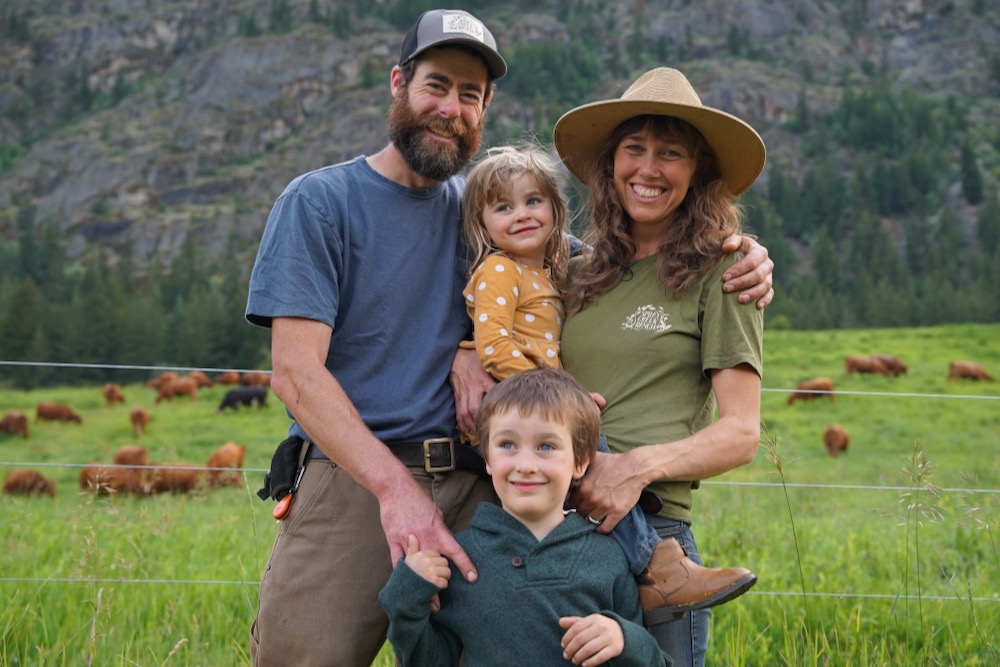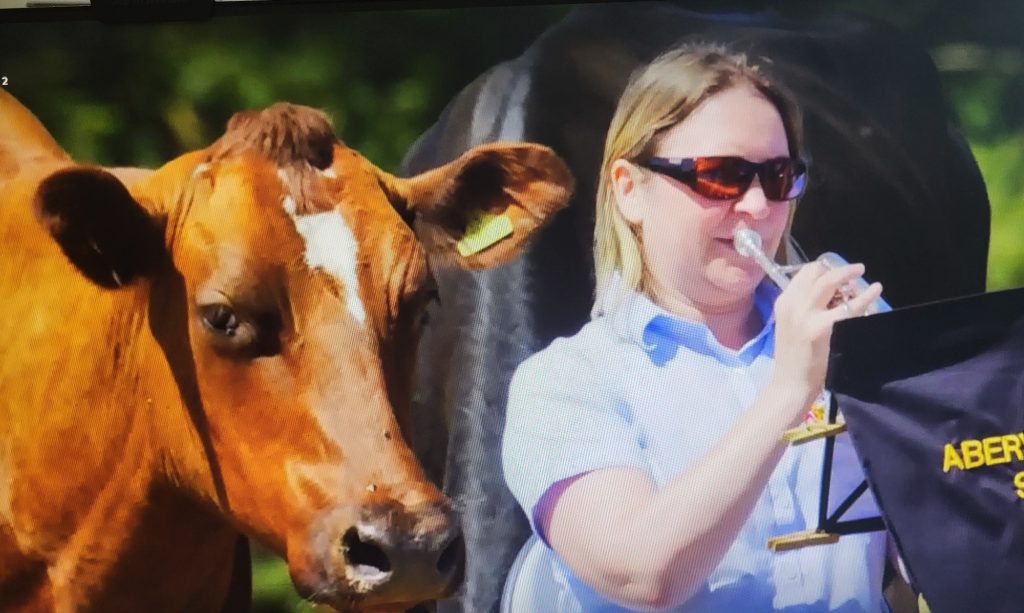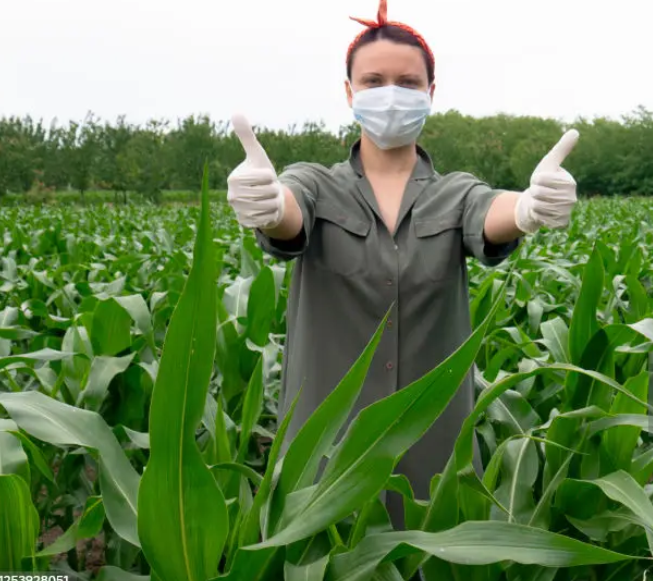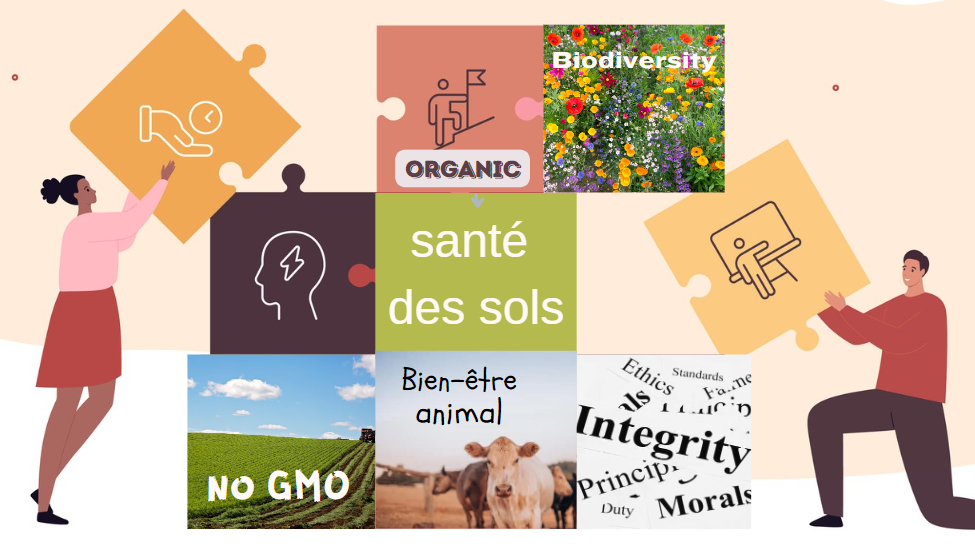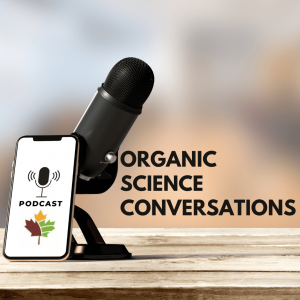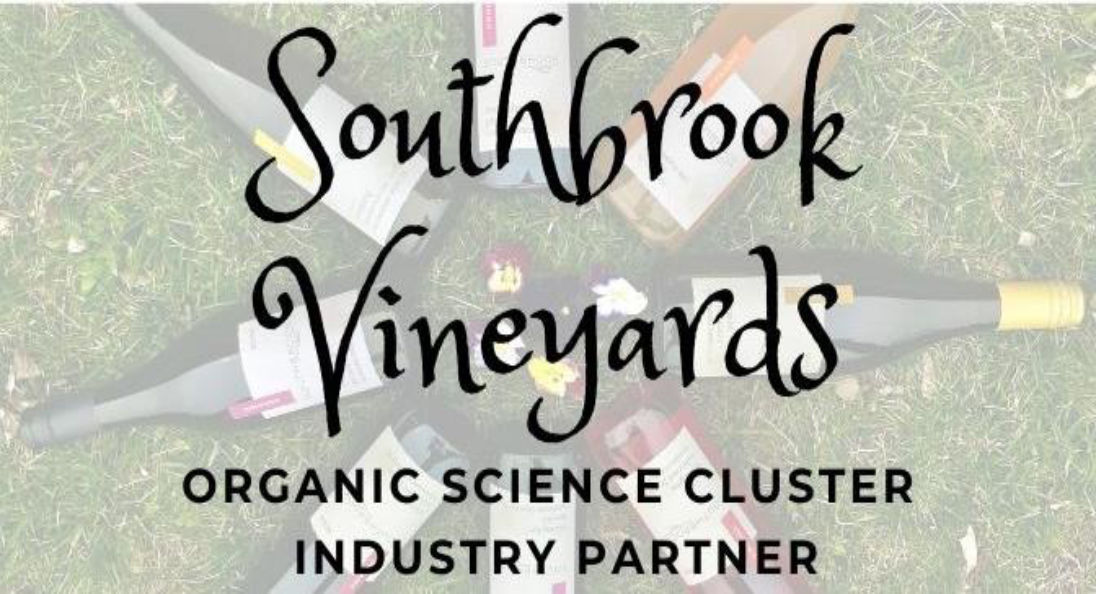
Best Cover Cropping in Organic Vineyards
Southbrook Vineyards is a certified organic and biodynamic winery located in the heart of the Niagara Peninsula wine region in Ontario, Canada.
Southbrook participates to the Organic Science Cluster 3 (OSC3) Activity 15, researching unique cover crops, rootstocks, and irrigation techniques for Canadian vineyards.
The Organic Federation of Canada (OFC) interviewed Southbrook’s Ann Sperling, their Director of Winemaking and Viticulture, to talk about what makes their vineyard so unique and their ongoing contributions to organic viticulture research initiatives.
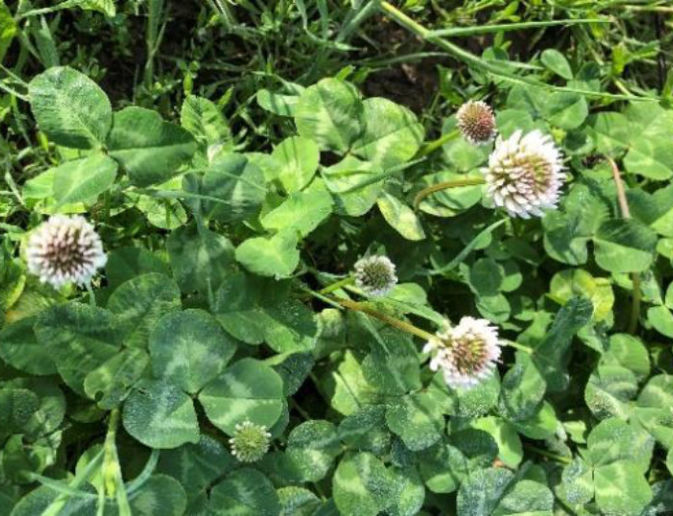
Cover crops are used to attract beneficial insects and enrich the soil.
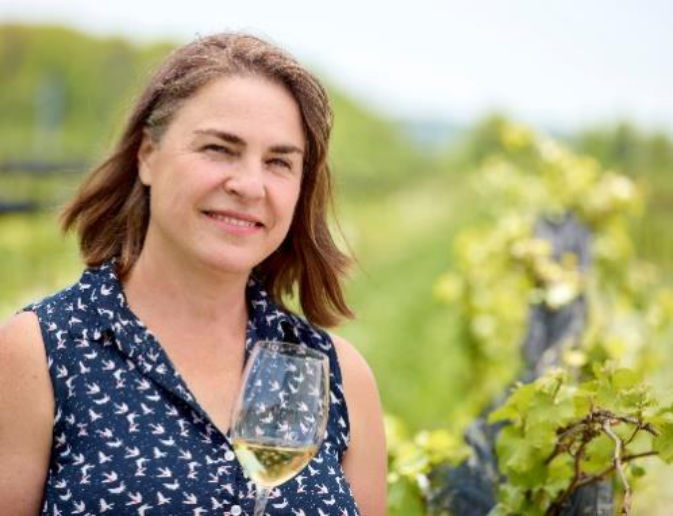
Ann Sperling, Southbrook Vineyard’s Director of Winemaking and Viticulture.
Southbrook Vineyards is a 150-acre property, with 60 acres under vine, 15 acres of forest that functions as a biodiversity preserve, and 60 acres of mixed livestock. “A big part of winemaking and high-quality wine that expresses a sense of place is that it comes from living, organic soils,” says Sperling. “Our vision was to establish our vineyard and winery for the long-term and we wanted to start on the right foot.” Both the grapes they grow and the wines they produce are certified organic. The vineyard is also Canada’s first winery to have been certified by Demeter, the international body that regulates biodynamic agriculture. Sperling notes that “Biodynamic practices are used by some of the greatest vineyards in the world. Some are quietly biodynamic, and some openly. These producers gave us some model systems to look at”. “The harmonizing factor with biodynamics is that we can improve soil for the future”.
The vineyard incorporates a livestock operation run by Sperling’s daughter and her partner in order to fulfill the biodynamic requirements for ruminants. Lincfarm at Southbrook lies at the south end of the vineyard property, where sheep, cattle, hogs, and laying hens are raised. Southbrook composts the manure from the farm with the grape pomace by-product from winemaking to add back to the soil. In the quest for sustainability, Southbrook has left no stone unturned. Their winery and hospitality building are LEED certified; they have installed a solar field to generate 80% of their power requirements and implement a number of additional practices to ensure their footprint is as small as possible.
“Over the years we worked with cover-crops to stabilize and enliven our soils, and to sequester carbon. By working with native vegetation and seeded legumes, we strive to have a diverse mix within [our] cover-crops to support beneficial insects and pollinators through the growing season”.
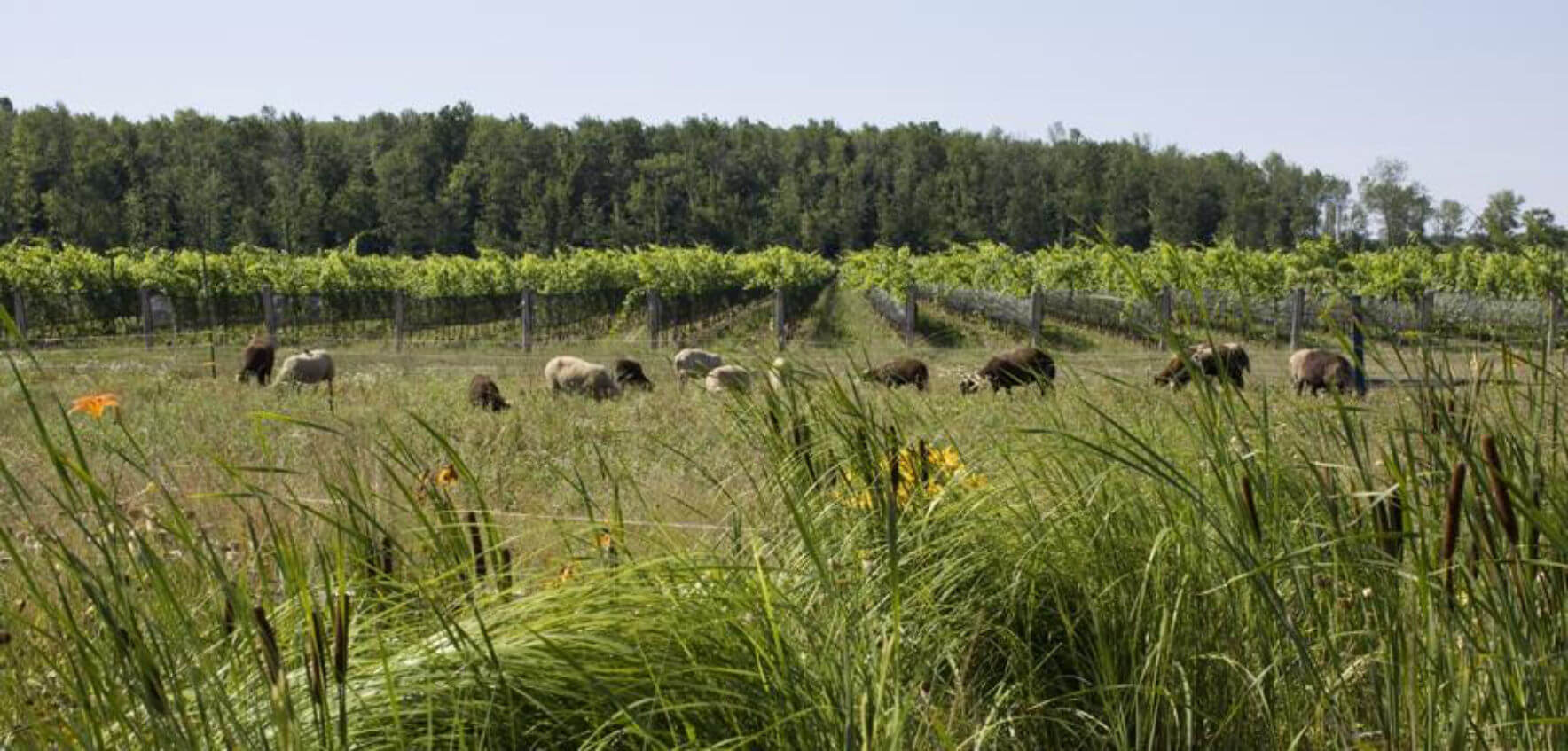
Southbrook Vineyards support OSC 3 Activity 15, which looks at cover crop species and mixtures for two popular wine making regions in Canada (Ontario and British Columbia) with very different climactic conditions. Sperling notes that this research aligns with their own production needs. “Over the years we worked with cover-crops to stabilize and enliven our soils, and to sequester carbon. By working with native vegetation and seeded legumes, we strive to have a diverse mix within [our] cover-crops to support beneficial insects and pollinators through the growing season”.
The vineyard had run into challenges with leaf hopper populations, one of the most damaging pests for organic viticulture. Early on, they tried battling the populations with insecticidal soaps, but realized this was making things worse. “We needed a multifaceted approach,” says Sperling. “We went cold turkey and realized that beneficial [insect] populations were the best help”. Sperling originally met Dr. Liette Vasseur through Brock University after hearing about her work on leaf hopper populations in tea production. Over the years, their conversations progressed to include organic practices and climate change. Through these discussions they realized they had many common ideas and vision. Partnering with the OSC research activity focusing on cover crops was a natural fit because of the cycle of challenges they were facing. Sperling notes wryly that “Niagara is wonderful on one hand for biodiversity, but that [this] makes problem solving very complex.” The relationship between producer and researcher has always been interesting and productive. Vasseur notes that her work at Southbrook has shown the benefits of combining research within on farm procedures offers great solutions for the future.
“Working with researchers and coming up with solutions helps to focus the attention on products or practices that we know will be effective”, Sperling says. The benefit of this research is that it can also be adopted by conventional growers. “Conventional producers can incorporate these practices into their programs resulting in less toxicity and less pesticide residue in the environment – it’s a win-win.” She notes that the research being conducted is key to organic viticulture. “Whatever they find in Niagara may have applications in other regions. Follow-up research can be carried out in other wine growing areas to support their organic programs”.
Research objectives
Cover crops in organic vineyards provide essential services such as water infiltration, carbon sequestration, soil nutrient supply, weed and pest suppression, and marketing opportunities. However, there are concerns about competition between cover crops and grapes.
Research needs to introduce appropriate species and management practices tailored to each region.
Rootstock cultivar and irrigation management are also major challenges for growers facing climate change, as climate (e.g., drought) can jeopardize grape production and flavors. There is a need to examine which rootstocks may perform better under such adverse conditions and how to optimize irrigation to reduce impacts as a limited number of rootstocks have been used in Canadian vineyards and very little published research is available.
For more information on OSC viticulture research, visit the OSC website. To learn more about Activity 15, listen to Organic Science Conversations podcast with Dr. Mehdi Sharifi, the West Coast counterpart to Dr. Liette Vasseur as he discusses the best organic practices for enhancing vineyard soil health.
You can read the transcript from Mehdi Sharifi’s podcast.
Activity 15 is not the only organic viticulture research to have been conducted within the Organic Science Clusters. OSC 2 Activity B 12 looked at microbial management in organic viticulture: Pre-inoculating vines with arbuscular mycorrhizal fungal inoculants.
Read more about Southbrook Vineyards and their commitment to sustainability.
Health Canada Consultation on New Guidance for GMO Foods
Gene editing has become increasingly popular since the discovery of CRISPR-Cas9, the genetic scissors that can modify the genome of a cell. The simplicity of this process makes it easier for scientists to find genetic solutions to all the world’s ills, and agriculture is no exception.
In response to the increase in genetic engineering (GE), particularly gene editing, Health Canada is launching a consultation to clarify and simplify the regulatory burden currently associated with the regulation of so-called “novel foods” derived from plants modified through genetic engineering.
Should Health Canada assess the safety of all food derived from a plant that has undergone “minor” genetic modification? How can the requirements of consumers who may be unknowingly consuming foods modified through genetic engineering be met?
Clause 1.4 of the Canadian Organic Standard (COS) prohibits all genetically engineered products; the standard’s definition of genetic engineering includes “genome/gene editing techniques, such as but not limited to CRISPR, that replace one DNA sequence with another, transposes, deletes or adds a gene sequence or a part of gene sequence…”.
In order for the Canadian organic industry to be adequately informed about the nature of the plants from which Canadian food is derived, and to ensure that Clause 1.4 of the COS is respected and enforceable, the Organic Federation of Canada (OFC) recommends that all genetically modified plants be considered “novel foods” and subject to Health Canada’s regulations governing the marketing of these foods.
The OFC supports the position developed by CBAN and Vigilance OGM:
Health Canada should regulate all genetically modified foods, including those produced through genome modification techniques. Health Canada should retain regulatory authority over all genetically engineered products. To submit your opinion, CBAN has provided the following documentation:
|


